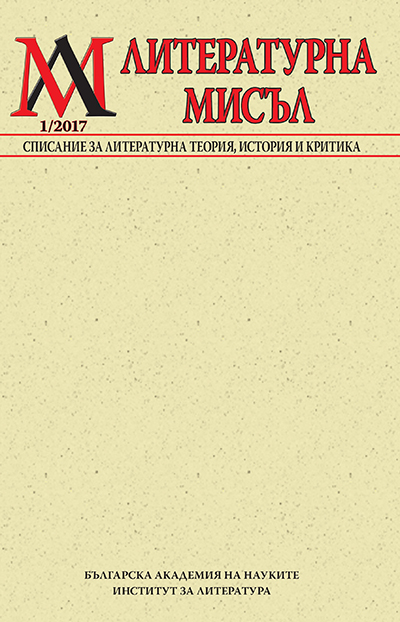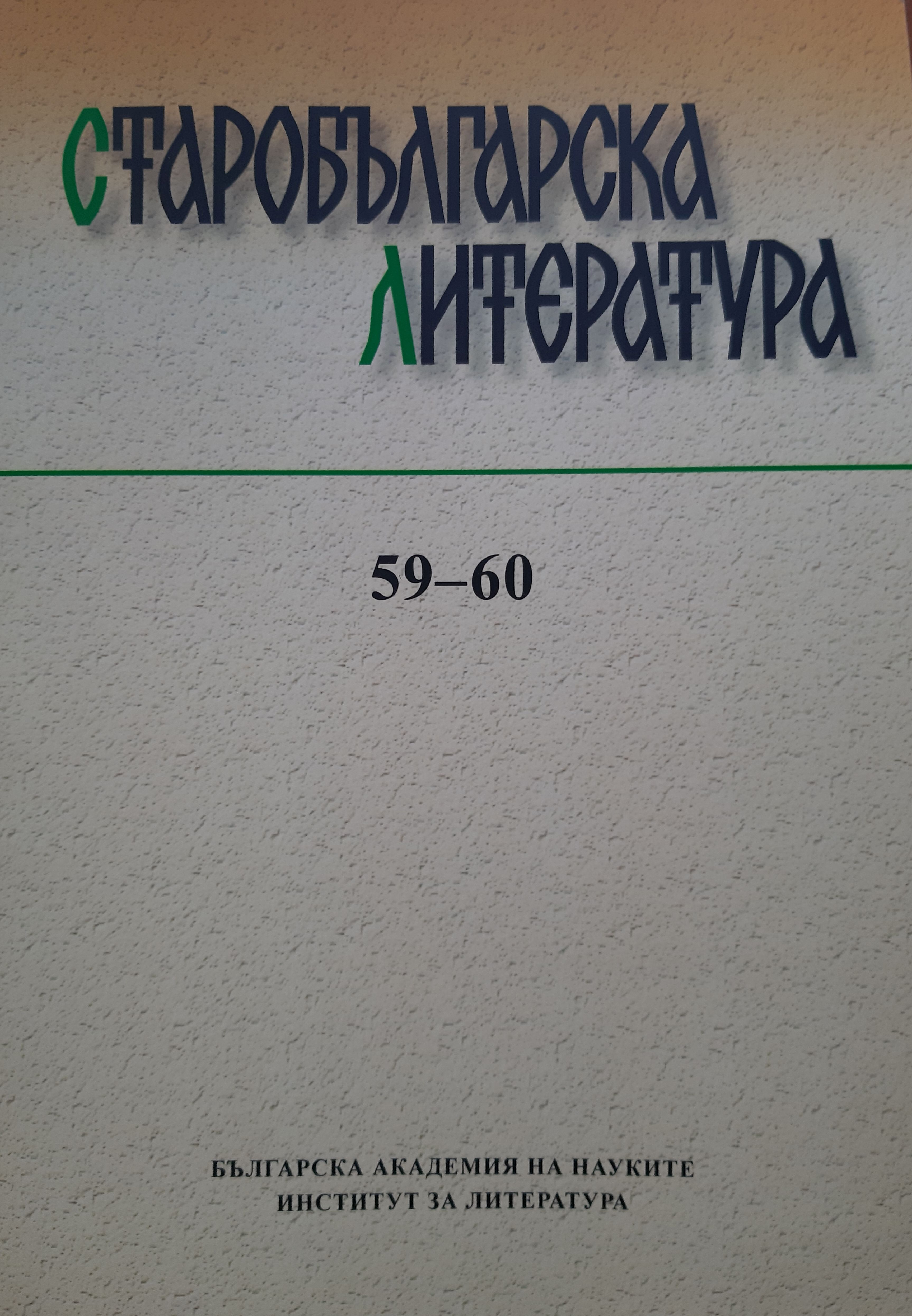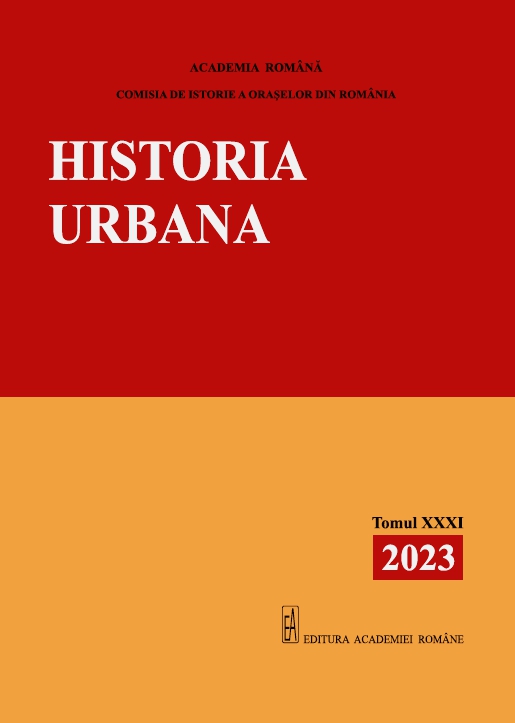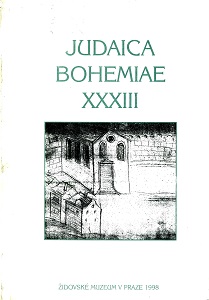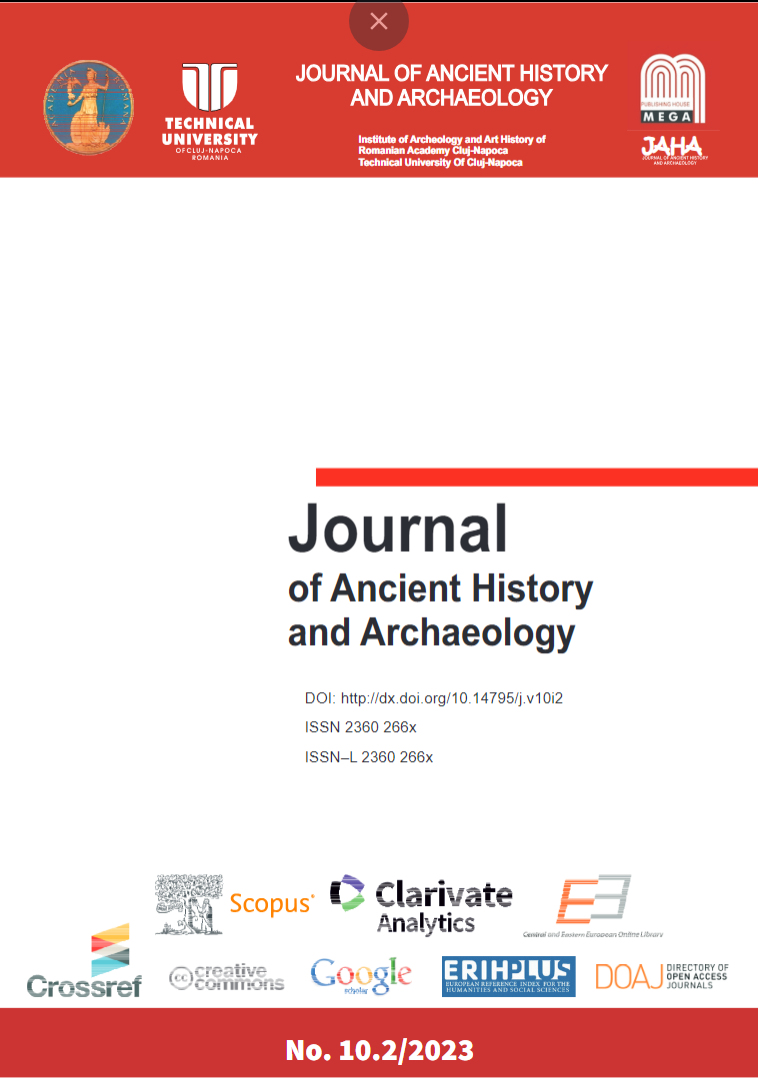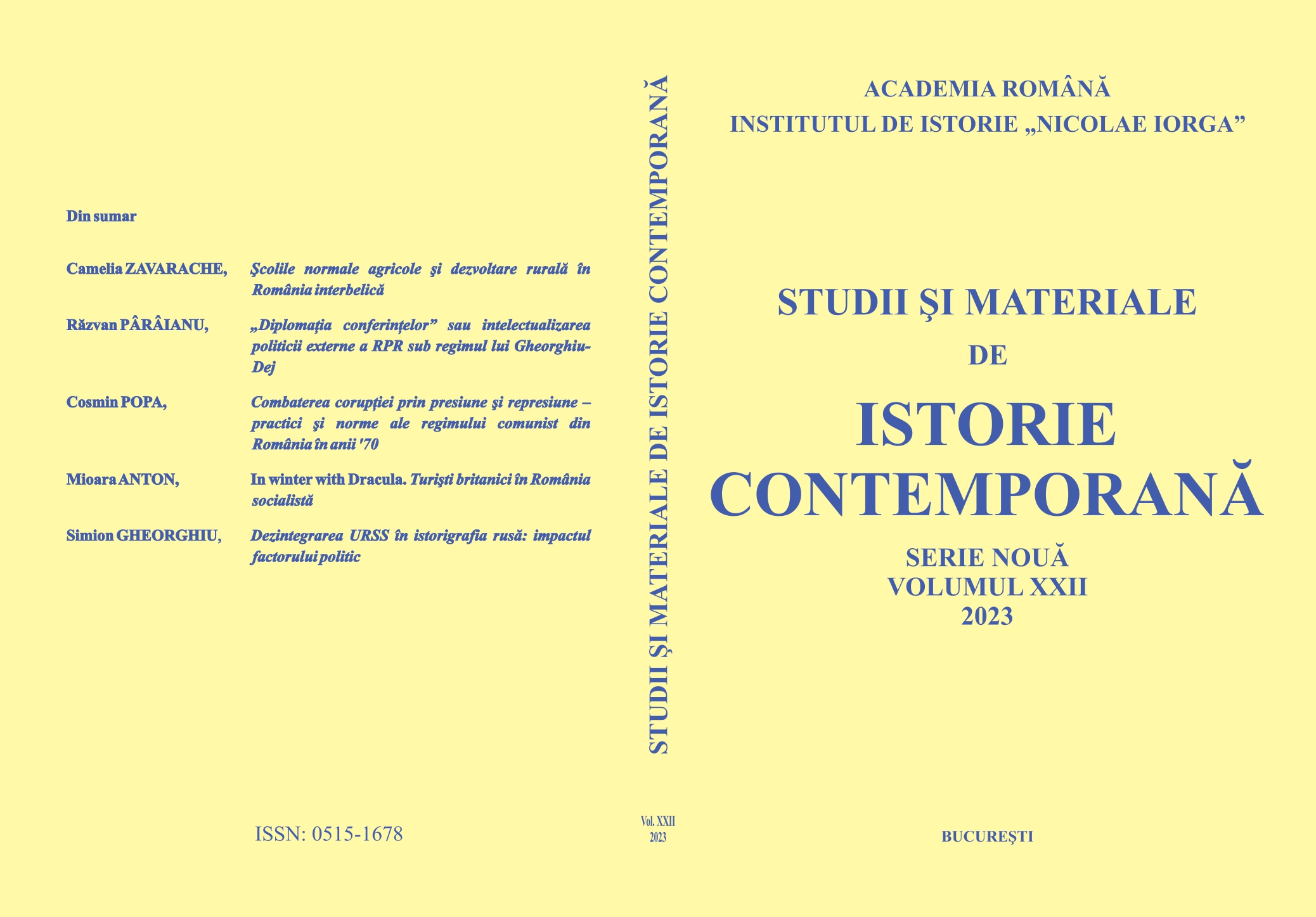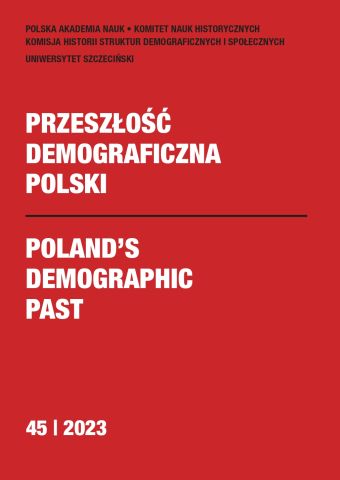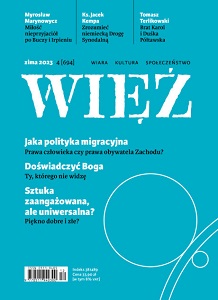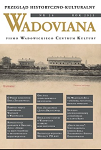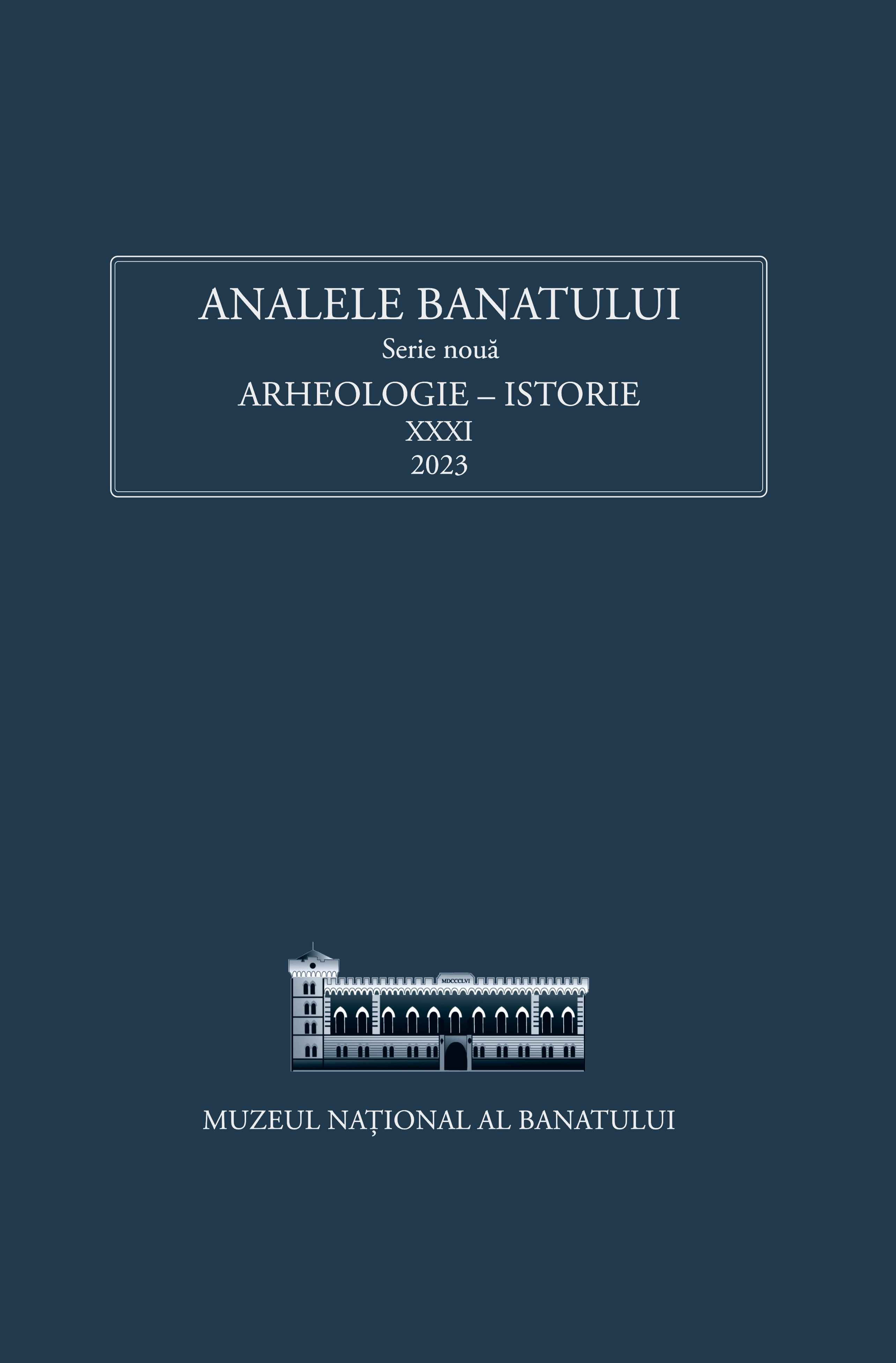Author(s): Laurențiu Rădvan,Mihai Anatolii Ciobanu / Language(s): Romanian
Issue: 31/2023
In this study, we publish two plans of Craiova, discovered at the Military-Historical Archive of Moscow: a plan made during the occupation of Wallachia in 1771–1774 and another made either during the occupation after the 1848 revolution (1848–1851) or during the first year of the Crimean War (August 1853 – April 1854). Both plans support the idea that the town underwent organic development, which took into account the local landforms and the way man intervened. Its location in the Jiu Valley played a significant role in the emergence and evolution of this centre, as the course of the river was accompanied by an important road, Craiova being at the intersection with other major traffic routes of this region of the country. The valleys bordering the urban core had the role of delimiting the original inhabited area and the position of the “Bănia” area, with the church of St. Dumitru, as a strategic area and centre of power, on the edge of the coast overlooking the valley towards the west, is evident. Separately, across another small valley, the heart of the town developed, the market, the area with the best economic outlook, not coincidentally located at the crossroads of the main east-west and south-north axes. The medieval town evolved around these two cores, but development and population growth meant the valleys bordering it were overtaken by the 18th century. How the streets converged in the town underlines the idea of gradual growth, and the concentration of roads around the focal point that was the town market marked the layout of Craiova. Human intervention up to the 1830s and 1840s took place not only through the building of dwelling houses, shops and workshops but also through the construction of major landmarks represented by churches and monasteries, around which the neighbourhood (mahala) gravitated. Once the process of modernization began, the anthropic footprint became even more important through the extensive building actions initiated after the Organic Regulation, some of which are visible in the second plan studied. Unfortunately, we could not identify the plan’s authors among the Russian army surveyors of those periods. The two cartographic documents contribute to a better knowledge of Craiova in the second half of the 18th century and the first half of the following century, adding to the already known plans (the Austrian plan of 1790 and the Romanian one of 1845).
More...
